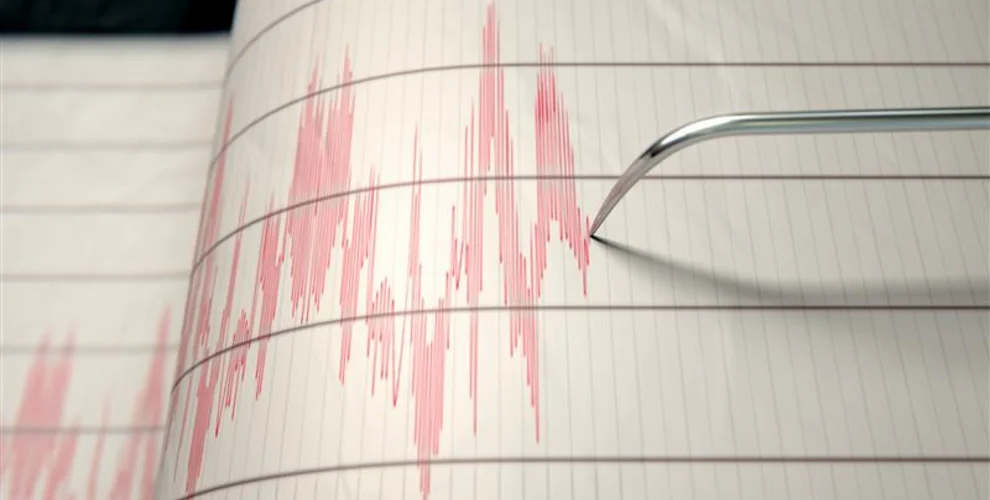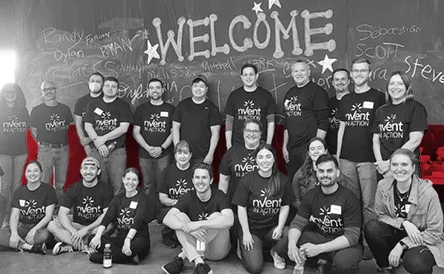Prioritizing Seismic Protection for Systems and Projects
As seismic activity continues to pose risks to infrastructure, working to ensure the safety and resilience of critical infrastructure is paramount. Seismic protection plays a critical role in safeguarding assets, systems, processes, equipment and personnel. According to the National Institute of Standards and Technology, the average annual loss due to earthquake hazards in the U.S. is estimated at around $6.1 billion and nearly 50% of all Americans are at risk of experiencing damaging levels of ground shaking. It's important to understand seismic threats, code and the ideal solutions to safeguard people and equipment from seismic events.
Why Seismic Protection Matters
Seismic events can have devastating impacts on buildings and the critical systems they contain. From hospitals and schools to data centers and industrial facilities, effective seismic bracing matters. Seismic protection aims to not only preserve the structural integrity of a building but also keep essential services operational during and after an earthquake. This is crucial for minimizing downtime and protecting assets and personnel.
Understanding Seismic Hazards
The United States Geological Survey provides valuable insights into seismic hazards across the country. Its up-to-date maps highlight areas with significant earthquake risks, emphasizing the importance of peak ground acceleration (PGA) in seismic design. PGA measures the intensity of ground shaking at a specific location, which is a critical factor in designing effective seismic bracing solutions.
Relevant Codes and Standards
The International Building Code has established guidelines for seismic protection, referencing standards such as ASCE 7 and AC156. These standards outline the requirements for seismic bracing of non-structural components and the certification of equipment to provide functionality post-earthquake. Additionally, state-specific requirements, such as those from the California Department of Health Care Access and Information, set the standard for seismic bracing, verifying that systems are pre-approved and ready for deployment.
Seismic Bracing Solutions
At nVent, we offer a comprehensive range of seismic bracing products designed to meet a wide variety of applications. Our rigid bracing solutions include adapters for steel, concrete and wood, as well as pipe and trapeze attachments. For projects requiring long drops or clean ceilings, nVent CADDY cable bracing solutions provide an effective alternative. These cables offer varying load capacities to suit different applications.
Rod stiffening is an often-overlooked aspect of seismic protection. During an earthquake, upward lift forces can cause threaded rods to buckle, compromising the stability of the systems they support. Our rod stiffeners help these rods remain intact, providing an additional layer of protection for infrastructure.
To streamline the design and implementation of seismic bracing, nVent CADDY solutions offer turnkey seismic design services as well as building information modeling (BIM) services. nVent offers seismic layouts and calculations. In addition, our experts can design and integrate seismic braces into specific BIM models, ensuring precise placement and optimal performance. These services are invaluable for contractors looking to enhance efficiency and accuracy in their projects.
Seismic protection is not simple, but it is a critical component of modern infrastructure design. At nVent, we are dedicated to providing innovative solutions that help ensure safety and resilience. nVent’s line of nVent CADDY solutions provide contractors with high-quality, engineered solutions. Using nVent’s safe and easy-to-install solutions along with our seismic handbooks, installers and engineers can be confident that they are protecting critical systems and keeping them up to code.




